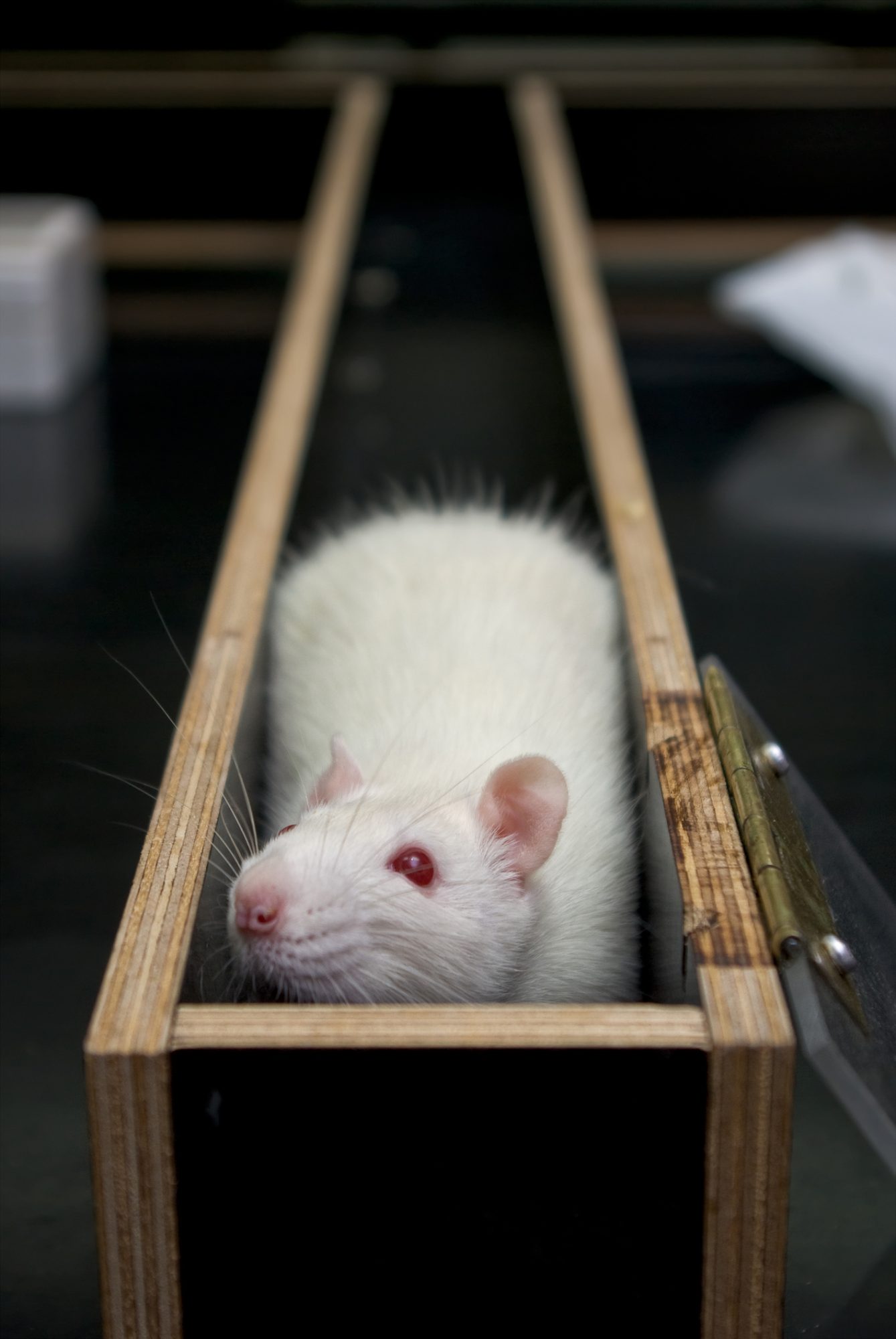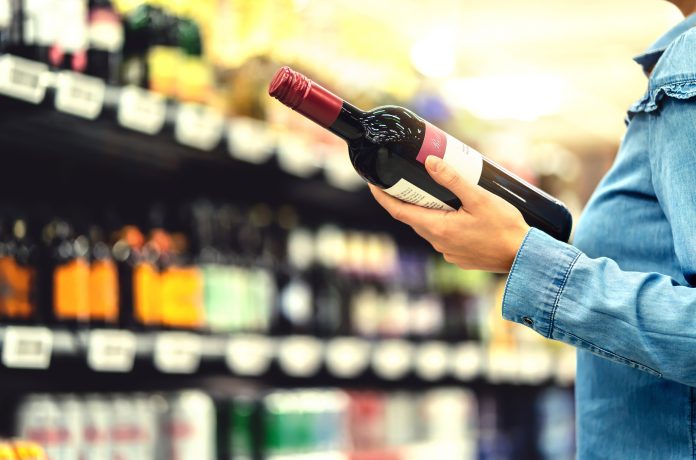Alcohol exposure has been known to frequently develop addiction in our brains, but how many alcoholic drinks does this take and why?
A paper published in Molecular Psychiatry studied rats under control and alcohol exposure conditions, looking at how even the smallest quantities of alcohol can trigger changes in brain circuitry, in areas that can develop an addiction.
The pathways to alcohol addiction can sometimes not take much alcohol, depending on the person drinking
One drink does not lead to addiction in humans, but some people are more vulnerable to alcohol use disorder than others.
University of Illinois Chicago researchers state that the pathways involved in priming the brain for addiction are the same ones that are associated with the highs of drinking – like euphoria and anxiolysis – which is known as a term for a level of sedation in which a person is relaxed but awake.
The study’s senior author, Subhash Pandey, said: “This suggests that when the brain experiences the anti-anxiety effects of alcohol and the mood lift – the relaxation and the buzz – it is also being primed for alcohol use disorder.
“We’re seeing that dependent behaviors may not always be from long-term, high-quantity habits but a result of rapid epigenetic changes in the brain, which we show in this study may start happening even at low doses.”.
Changes in the brain following alcohol exposure
Using rodents exposed to low concentrations of alcohol in experiments, the rodent’s behaviours were observed as they explored a maze.
The researchers analysed brain tissue samples, collected after euthanasia, with RNA sequencing and looked for gene expression patterns, and found that a gene called hypoxia inducible factor 3 alpha subunit – Hif3a, for short, was associated with changes in the brain after alcohol exposure and behaviours, like how long rats stayed in areas of the maze with enclosed (high anxiety) or open arms (low anxiety).

Alcohol increased Hif3a expression, even after low doses of exposure, and reduced anxiety.
In all of the experiments, when Hif3a was blocked, anxiety was increased in control rats, mimicking withdrawal from chronic alcohol exposure. However, this also prevented the anti-anxiety effects of alcohol.
This is becasue Hif3a’s chromatin – bundles of DNA and RNA – is loosely bundled, meaning the genes are easily accessible for transcription changes.
Alcohol withdrawal leading to addiction
The researchers noted that the effects of alcohol were not different among males and females in this study.
Pandey concluded that it’s important to know that low doses created priming for addiction.
For people, he thinks the takeaway is simple – don’t assume social drinking or even “pandemic drinking” is without risk.
Pandey added: “We saw that low doses, what we consider ‘social drinking,’ changes the gene expression in the amygdala, a brain region that regulates anxiety. In other words, it creates an epigenetic pathway for addiction.
“Alcohol use disorder is complex and challenging to overcome. The information we learned from this study helps us to understand better what is happening in the brain and, one day, may be leveraged to develop better treatments and pharmaceuticals.”











